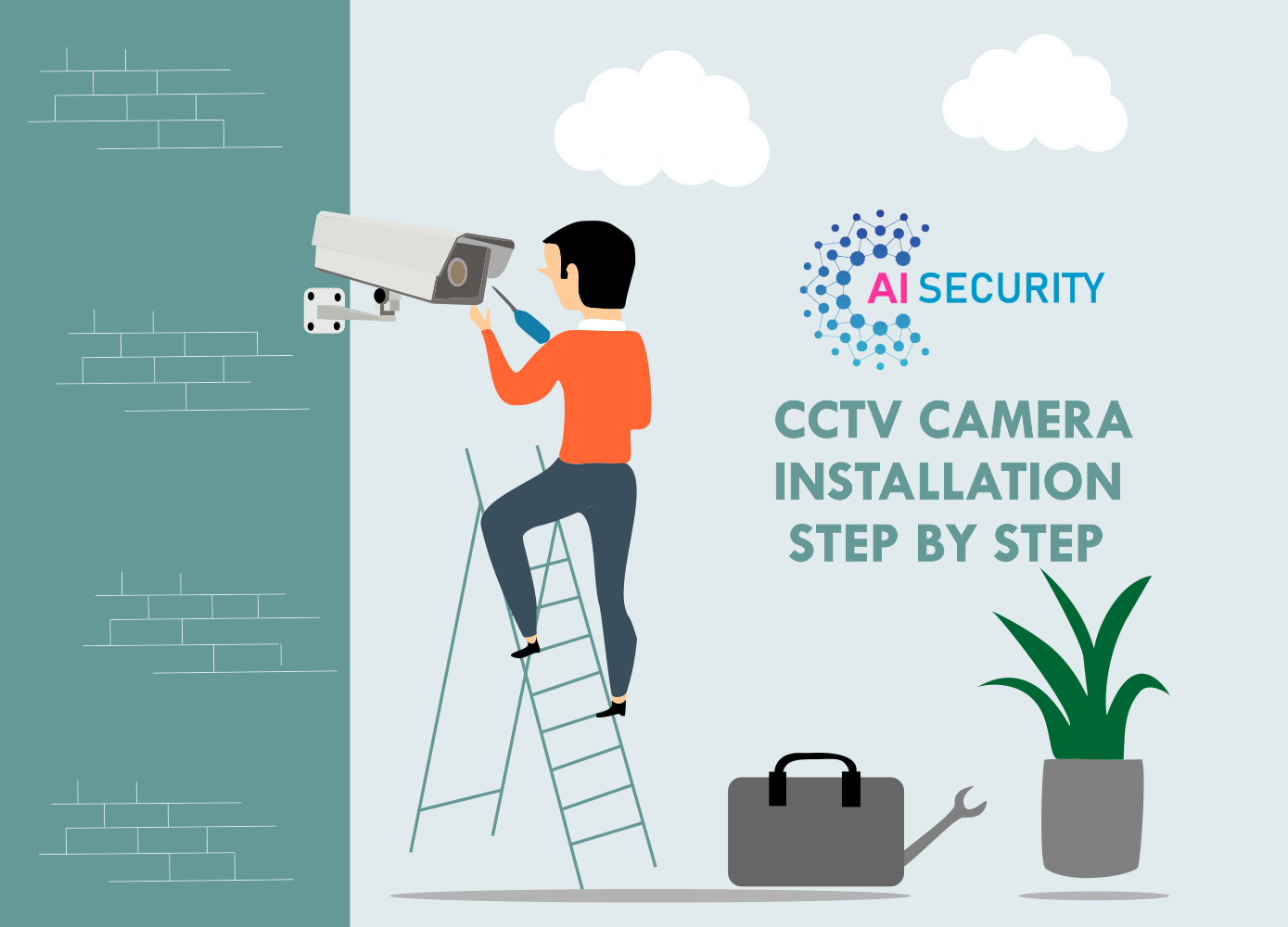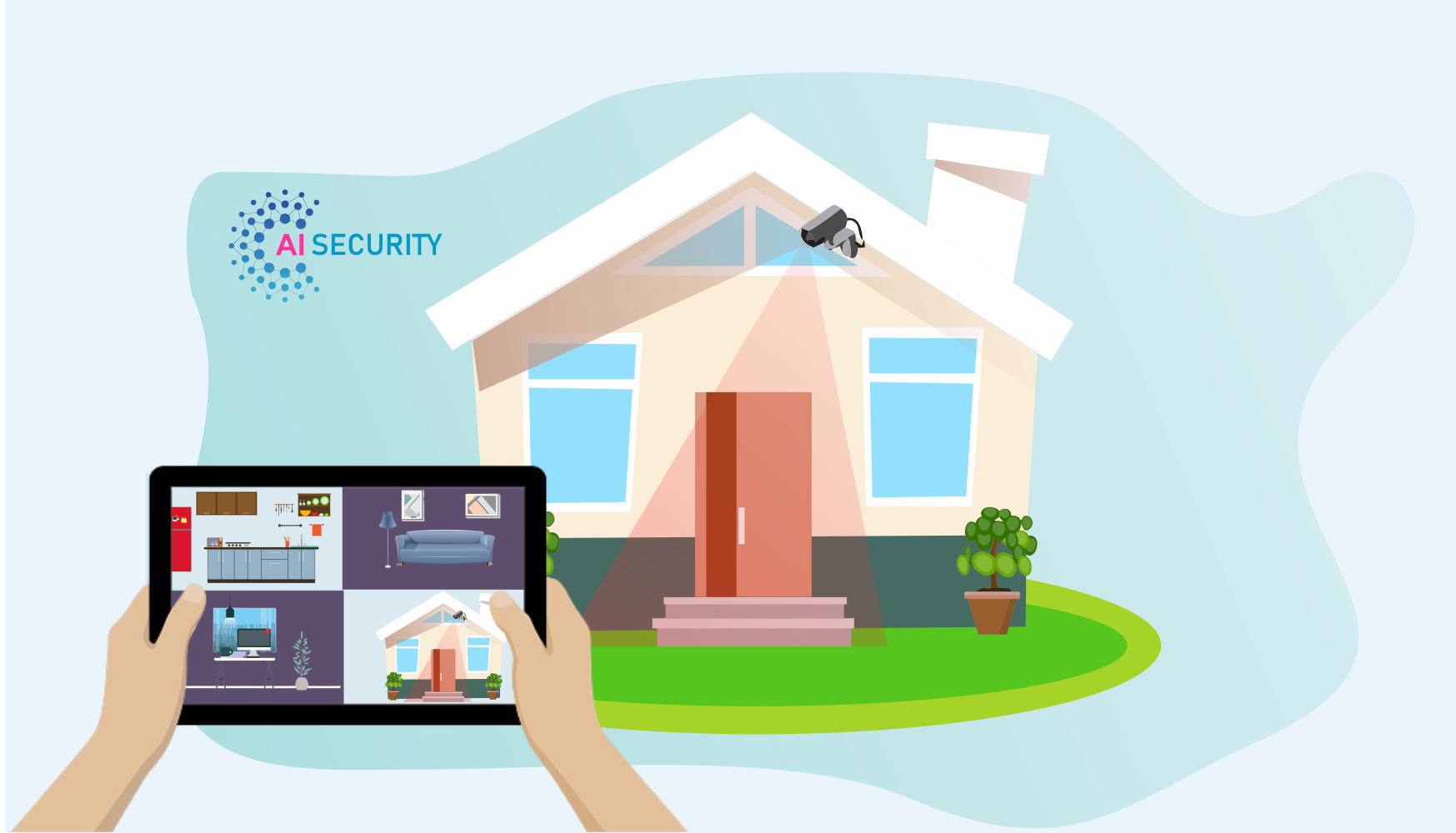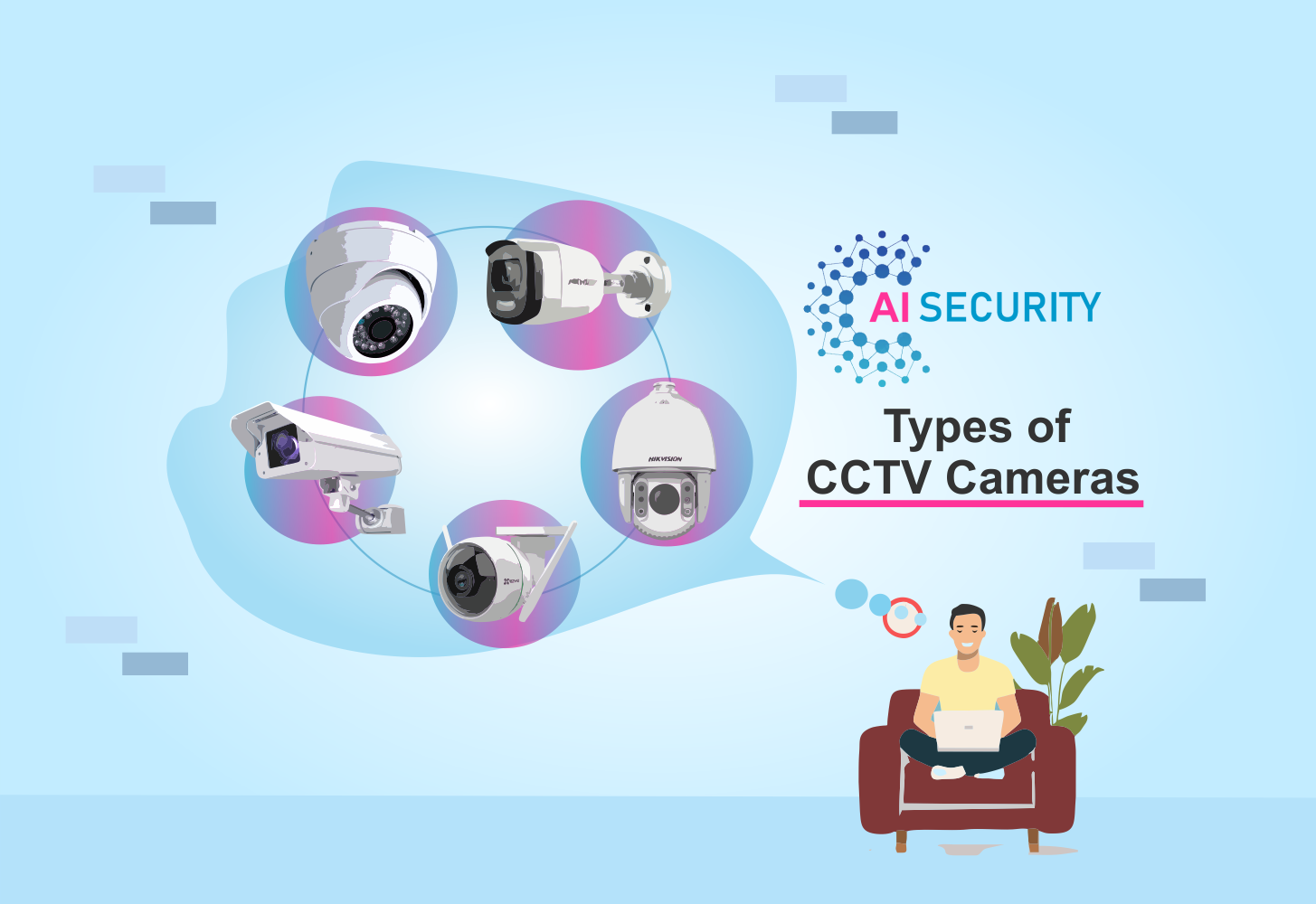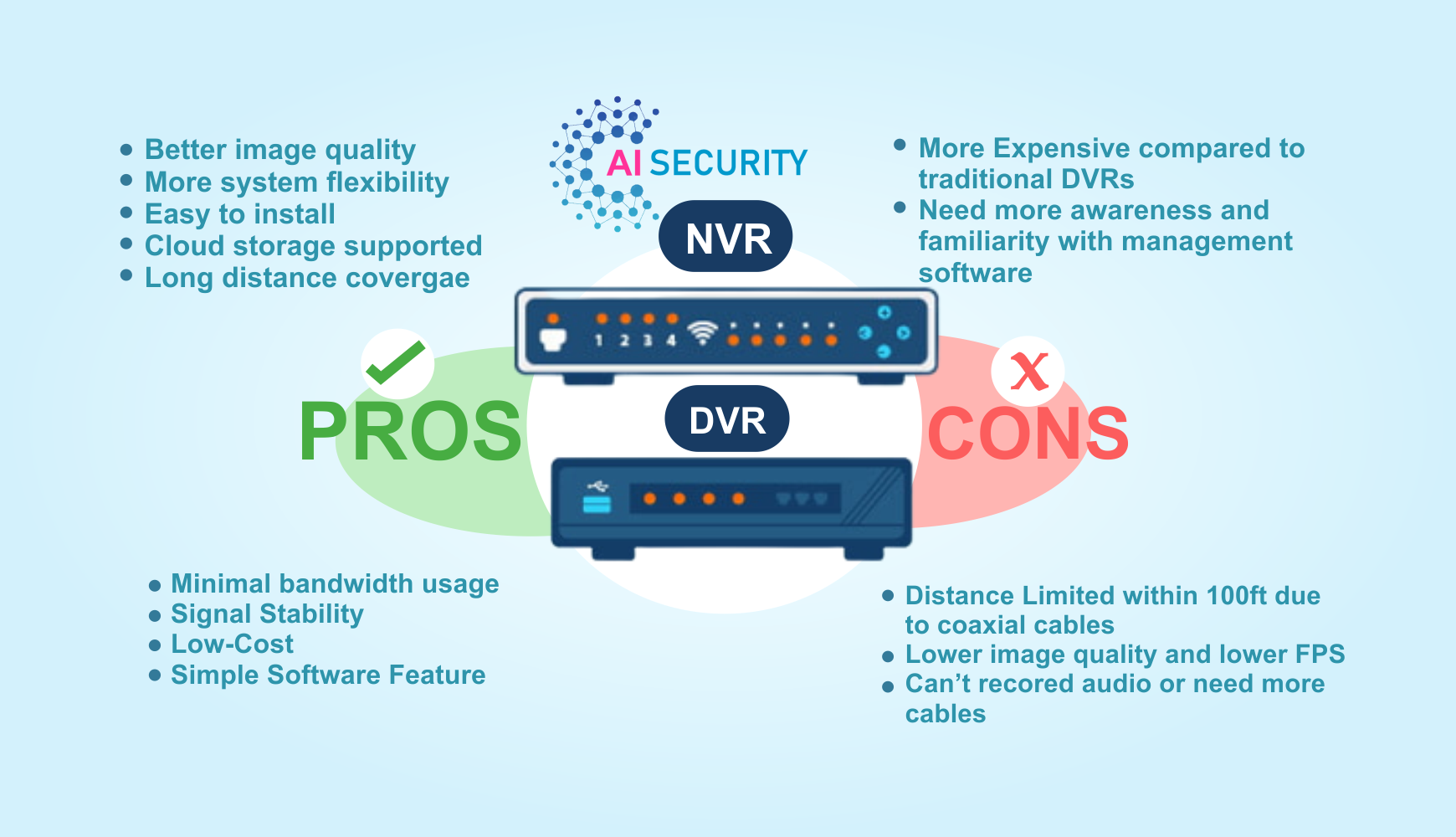Components of CCTV Camera
CCTV cameras, also known as closed-circuit television cameras consist of several components that work together to capture and transmit video footage.
In this article, we will discuss the components of CCTV cameras in detail to understand how a CCTV camera works.
Let’s start our article:
Visor:
A visor in a CCTV camera is a piece of hardware that can be attached to the front of the camera lens to improve the visibility of the camera in bright or harsh lighting conditions. The visor is typically made of a transparent or semi-transparent material such as plastic or acrylic and is designed to reduce glare and reflection.
There are several types of visors available for CCTV cameras including polarizing visors, which reduce glare by blocking certain wavelengths of light and neutral density visors, which reduce the amount of light that enters the camera lens by a predetermined amount.
Visors can be particularly useful in outdoor environments where the camera is exposed to direct sunlight or other bright light sources. They can help to improve the overall image quality of the camera and make it easier to see details in the footage.
In addition to improving image quality, visors can also protect the camera lens from damage. They can prevent dust and dirt from entering the lens and scratching the surface which can lead to reduced image quality over time.
Lens:

The lens is a critical component of a CCTV camera as it focuses light onto the image sensor. The size and type of lens used can affect the field of view and the clarity of the image.
Several types of lenses are available for CCTV cameras including fixed focal length lenses and varifocal lenses.
- Fixed focal length lenses have a fixed field of view, which means that the camera cannot be zoomed in or out.
- Varifocal lenses, on the other hand, can be adjusted to change the field of view, allowing the camera to zoom in or out.
The size of the lens is also an important factor to consider. Larger lenses can capture more light, resulting in a clearer and more detailed image, but they may also be more expensive and require a larger camera housing.
The material used to make the lens can also affect its performance. Lenses made from high-quality glass or other transparent materials tend to produce clearer and more detailed images, while lenses made from cheaper materials may produce lower quality images.
Overall, the lens is an important factor to consider when choosing a CCTV camera as it plays a significant role in the quality and clarity of the image.
Image sensor:
An image sensor is a device that converts light into electrical signals. It is an essential component of a CCTV camera as it is responsible for capturing the image and sending it to the processor for processing.
There are several types of image sensors available for CCTV cameras, including charge-coupled device (CCD) sensors and complementary metal-oxide-semiconductor (CMOS) sensors.
- CCD sensors are generally considered to produce higher-quality images, but they are also typically more expensive and require more power to operate.
- CMOS sensors are less expensive and more power efficient, but they may produce lower-quality images.
The size of the image sensor can also affect the quality of the image. Larger image sensors can capture more light, resulting in a clearer and more detailed image, but they may also be more expensive and require a larger camera housing.
In addition to the type and size of the image sensor, the resolution of the camera can also affect the quality of the image. A camera with a higher resolution will be able to capture more detail, resulting in a clearer and more detailed image.
Overall, the image sensor is a key component of a CCTV camera and plays a significant role in the quality of the image. It converts light into electrical signals. It is responsible for capturing the image and sending it to the processor for processing.
Processor:
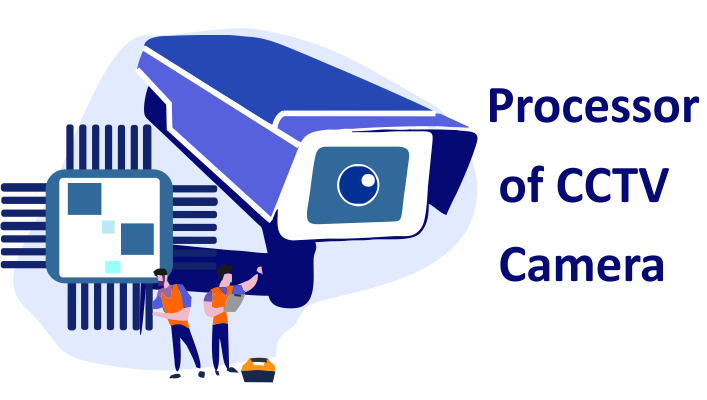
The processor also known as the central processing unit (CPU), is the “brain” of a CCTV camera. It is responsible for processing the image captured by the image sensor and preparing it for transmission.
The processor in a CCTV camera is similar to the processor in a computer, and it is responsible for carrying out a wide range of tasks, including:
- Converting the analogue signal from the image sensor into a digital signal
- Compressing the digital signal to reduce the amount of data that needs to be transmitted
- Sending the processed image to the storage device or display device
- Performing image enhancement, such as adjusting the brightness, contrast, and colour balance of the image
- Detecting and analyzing motion in the image to trigger an alarm or record the footage
The speed and performance of the processor can have a significant impact on the overall performance of the CCTV camera. A faster and more powerful processor will be able to handle more tasks simultaneously and produce higher-quality images.
Overall, the processor is an essential component of a CCTV camera as it plays a vital role in the processing and transmission of the image.
The processor is the “brain” of the camera, responsible for processing the image and preparing it for transmission.
Storage:
Most CCTV cameras have some form of storage, whether it’s a built-in hard drive or the ability to connect to an external storage device. This allows the camera to record and store footage for later review.
Transmission:
Transmission refers to the way in which video footage captured by a CCTV camera is transmitted to a monitor or other display device. There are several methods of transmission used in CCTV cameras, including:
- Wired: Wired transmission involves the use of a physical cable, such as an Ethernet cable or coaxial cable, to transmit the video signal from the camera to the display device. This is the most common method of transmission and is typically used in fixed CCTV camera systems.
- Wireless: Wireless transmission involves the use of radio waves or infrared signals to transmit the video signal from the camera to the display device. This is a convenient option for CCTV cameras that need to be installed in hard-to-reach places or where it is not practical to run cables.
- Internet Protocol (IP): IP transmission involves the use of an internet connection to transmit the video signal from the camera to the display device. This allows the camera to be accessed remotely and the footage to be viewed from any location with an internet connection.
The method of transmission used can affect the quality and reliability of the video footage. Wired transmission is generally more reliable than wireless transmission, but it may be more expensive and more difficult to install. Wireless transmission is more convenient, but it can be prone to interference and may not be as reliable as wired transmission.
The method of transmission is an important factor to consider when choosing a CCTV camera, as it can affect the quality and reliability of the video footage.
Power source:
CCTV cameras need a power source to function, which can be either a battery or a connection to a power outlet.
Housing:

The housing of a CCTV camera is the outer casing that protects the internal components of the camera from damage and the elements. The housing is typically made of a durable material, such as metal or plastic, and is designed to be weather-resistant and vandal-resistant.
There are several types of housings available for CCTV cameras, including:
- Dome: Dome-shaped housings are a common type of housing for CCTV cameras. They are typically mounted on the ceiling and have a transparent dome that allows the camera to be seen while protecting it from damage.
- Bullet: Bullet-shaped housings are a cylindrical shape and are typically mounted on a wall or other flat surface. They have a narrow, pointed end that allows the camera to be aimed in a specific direction.
- Turret: Turret-shaped housings are similar to bullet-shaped housings, but they have a shorter and wider design. They are typically mounted on a wall or other flat surface and have a flat front that allows the camera to be aimed in a specific direction.
- Box: Box-shaped housings are a rectangular shape and are typically mounted on a wall or other flat surface. They have a large opening in the front that allows the camera to be aimed in a specific direction.
The type of housing used can affect the appearance and functionality of the CCTV camera. Dome-shaped housings are often preferred in public places as they are less noticeable and more aesthetically pleasing. Bullet-shaped and turret-shaped housings are more visible and are often used in outdoor environments where the camera needs to be able to see a wide area. Box-shaped housings are the most versatile and can be used in a wide range of environments.
Overall, the housing is an important component of a CCTV camera as it protects the internal components from damage and the elements.
Conclusion
CCTV Camera is an important part of video surveillance system. If you are planning to install CCTV camera system than you should know about a CCTV camera. We tried to put all the information about components of CCTV camera together for all those who want to install CCTV Camera system. Hopefully you will get all the information about the components of CCTV camera.
If you are looking for Affordable CCTV Camera Package than Ai Security is the best CCTV Camera service provider in Pakistan. We provide the lowest CCTV Camera Price in Pakistan on all the CCTV Packages and also offers free CCTV Camera installation. If you have any question related to Security cameras you can send an email to us or can message on Live Chat. Our support team is available 7 days a week to help you out.

